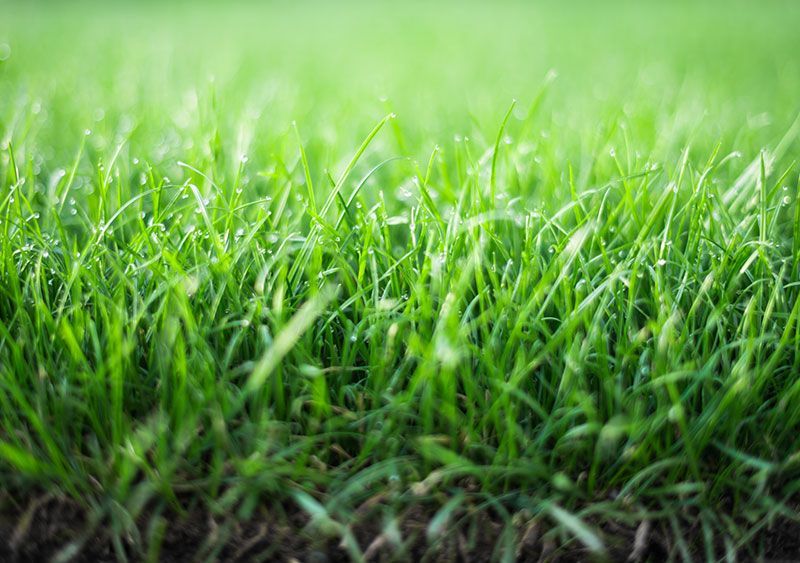Centipede: The Low Maintenance & Resilient Grass Option
Are you looking for the perfect sod for landscaping on a property with plenty of sunlight and little to no foot traffic? Well, Spring Valley Sod Farm
in Portland, AR, has just the product for you. Our Centipede sod grown right here at our family-owned and operated farm provides a low-maintenance alternative to other sod variants combined with its adaption to soil with low fertility conditions, making it perfect for any low-traffic landscaping job. Call our staff today at 870-501-1134
to discuss your job requirements, any questions, and pricing with our team of sod experts.
Characteristics of Centipede Grass
Weather Tolerance: Excellent in Heat, Cold Tolerant
Sun Requirements: Full Sun Recommended
Resistance to Wear: Low Tolerance
Maintenance Requirements: Low
Mowing Recommendations 14 Days | Mowing Height 3 to 4 Inches
Application; Parks, Lawns, Golf Courses
Texture: Course
Growth Rate: Slow
History of Centipede Grass
Originally found throughout southeast Asia, Centipede Grass was introduced to the U.S. market in 1916 by Frank N. Meyer from seeds collected throughout South China. Afterward, it became famous for landscaping applications throughout the southeastern United States due to its ability to thrive in the sandy and acidic soils commonly found throughout the area.

